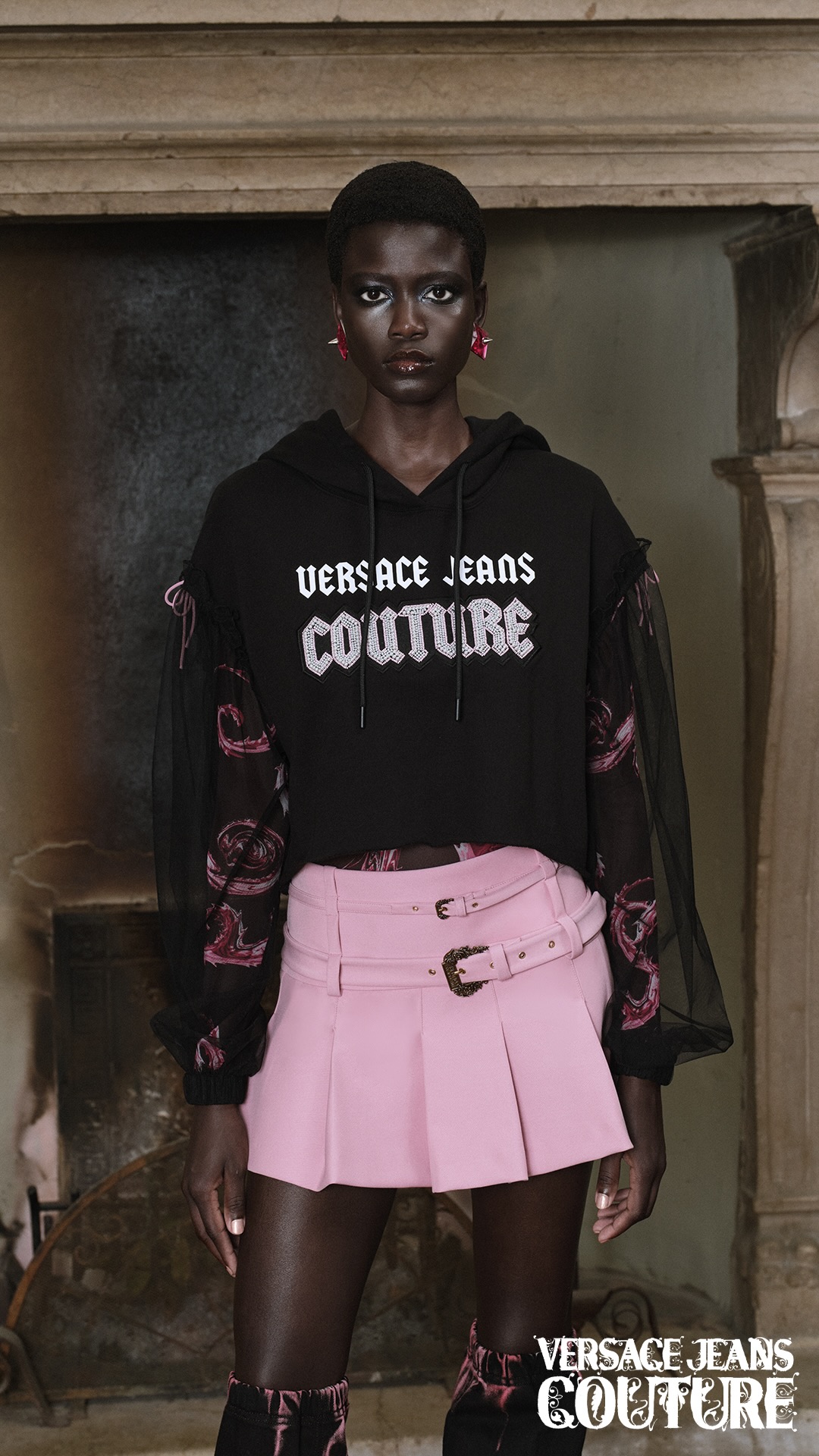Alessandro Mendini, architect, designer, artist, and critic, was born in Milan. He was one of the theorists and promoters of the renewal of Italian design. Interested in writing and theorizing, as well as drawing, he created a fairy-tale world of objects, furniture, environments, paintings, and architectures. From April 13th to October 13th, 2024, the space of the Cube at Triennale Milano hosts the retrospective I am a dragon. The true story of Mendini – produced in collaboration with the Alessandro Mendini Archive, curated by Fulvio Irace, with an exhibition project signed by Pierre Charpin – is accompanied by an installation conceived by Philippe Starck: the two unpublished projects, specifically designed for the spaces of the Palazzo dell’Arte, arise from the close relationship that both Triennale and Fondation Cartier have maintained with Mendini. Among the projects he realized at Triennale is the installation Whispering Architecture (1979) as part of the 16th International Exhibition, the exhibition What Are We Made Of (2010), and the Puppet Theater (2015). With the exhibition Fragilisme (2002) at Fondation Cartier, Alessandro Mendini elaborated one of the founding concepts of his theoretical thinking.
The title of the exhibition takes inspiration from one of Alessandro Mendini’s most emblematic self-portraits and aims to underline the complexity of his figure within the international design, architecture, and art scene. The exhibition intends to present Mendini’s perspective on the world, his empathy towards everyday objects, the mystery of poetry capable of transforming even the mundane into a surprise that reveals the enchantment of the everyday. The exhibition project, curated by Pierre Charpin, interprets the concept of the dragon as a coalescence of the characteristic thematic nuclei of the Mendini method: an archipelago of islands that characterize the various historical moments and, at the same time, the threads of underground continuity, allowing to give the apparent heterogeneity of his incessant research a substantial continuity, based on his own human experience. Upon entering the large hall, the visitor will find themselves immersed in a single environment emphasized by a large axis that ideally connects the Petite Cathédrale to the Tête Géante in the background of the Muzio staircase: a small architecture and a large head exemplifying Mendini’s work on the scales of perception. The exhibition path is articulated into six thematic nuclei: Identikit, where the series of self-portraits that Mendini realized throughout his life are exhibited, using different techniques and formats; The Gulliver Syndrome, a succession of out-of-scale objects, from the extra-large ones – such as the Proust Armchair and the Petite Cathédrale, both belonging to the Fondation Cartier collection, welcoming the visitor in the exhibition – to the reductions in size of some projects realized for Alessi; Architectures, which presents the architectural works of the Atelier Mendini, including the Groninger Museum, the Mediazentrum Madsack in Hannover, the three stations of the Naples Metro, and the latest works in South Korea, from the Olympic Stadium to the Posco district in Seoul; Fragilisms, a nucleus dedicated to the research that led to the manifesto of fragilism, designed by Mendini at the invitation of the Fondation Cartier: an ode to the fragility of the earth in a world marked by wars and violence; Radical Melancholy, a section dedicated to the years of radical design, of which Mendini was one of the main theorists; Rooms, where three of the rooms designed by Mendini are presented, immersive environments where citations, memories, dreams, and nightmares accumulate.

What? is an immersive installation that will take visitors into Mendini’s subconscious and his creative universe through the visionary eyes of Philippe Starck. An impressionistic journey guided by sounds and images constantly in transformation. The French artist has involved in his project Soundwalk Collective, a collective of artists and musicians founded by Stephan Crasneanscki and internationally acclaimed for its concepts, often in collaboration with artists, musicians, and writers of the caliber of Jean-Luc Godard and Nan Goldin.
“I liked Alessandro personally. Before being a human, he was an idea, a sensation, an osmotic vibration that I wanted to recapture through the installation, conceived as an immersive experience in Alessandro Mendini’s brain.”









